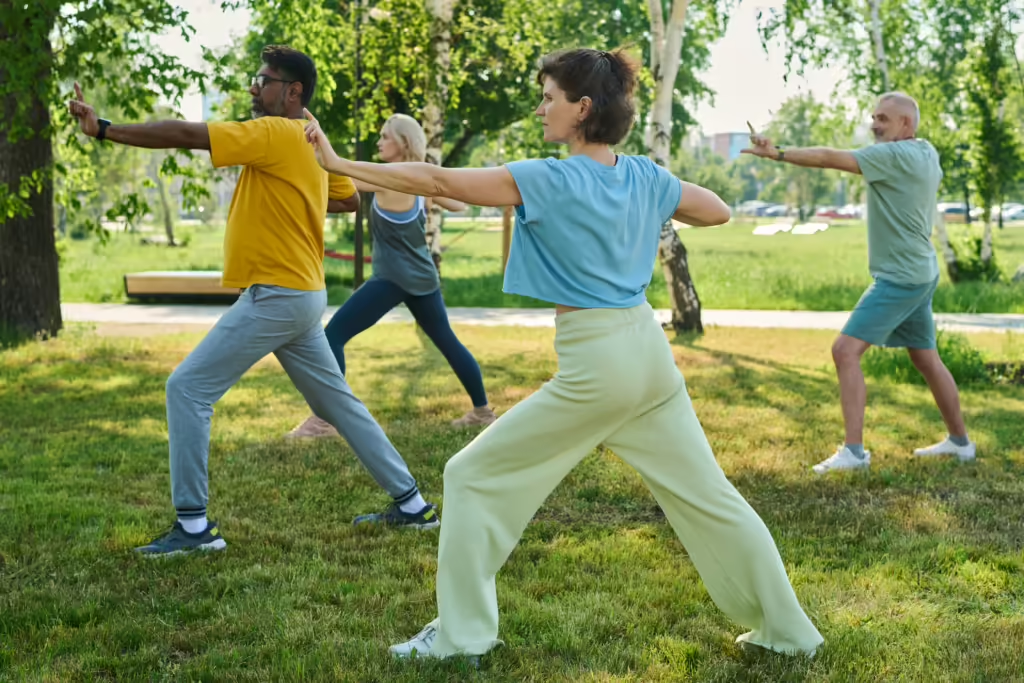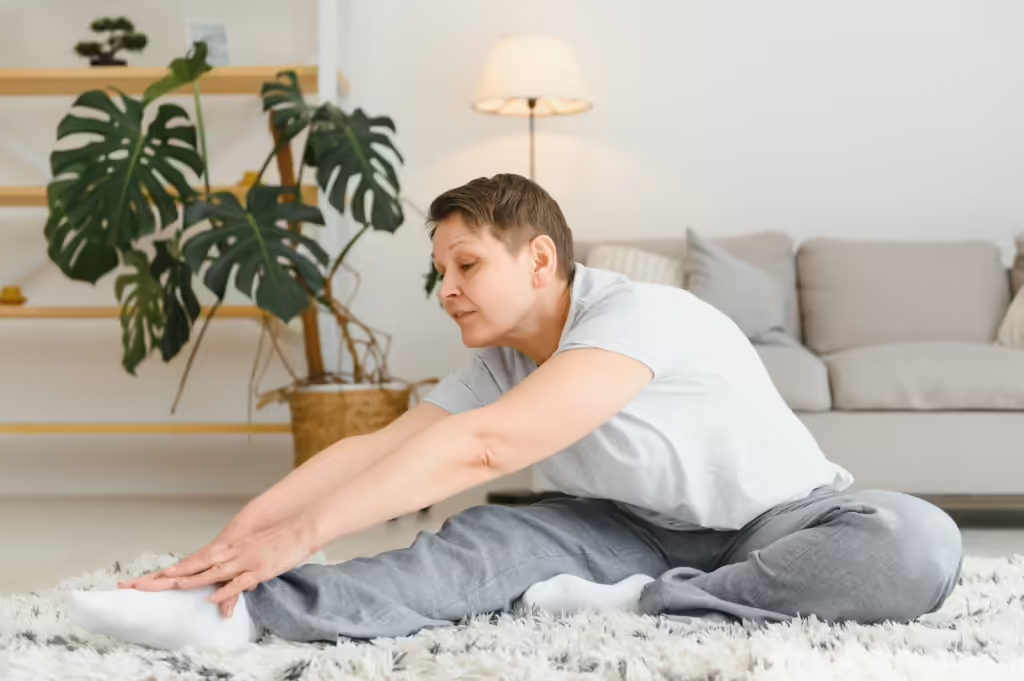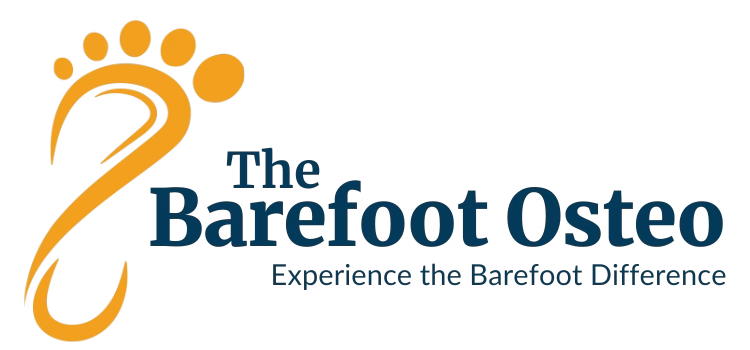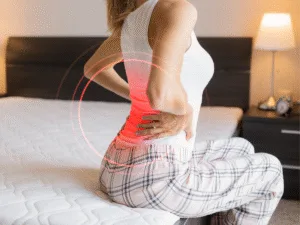Mobility is the cornerstone of a healthy, active life. The importance of mobility cannot be overstated—it impacts everything from your ability to perform daily tasks to preventing injury and improving overall well-being. Whether you’re recovering from an injury, managing chronic pain, or simply looking to enhance your physical performance, maintaining mobility is essential. In this blog, we’ll dive into the importance of mobility and explore how osteopathic care can help improve movement, balance, and long-term health.
In this blog, we’ll explore why mobility matters, common issues that affect it, and how osteopathic care combined with regular movement can keep you on the path to long-term health. Osteopathic care takes a holistic approach to mobility, addressing both the structural and functional aspects of the body to promote optimal movement. By focusing on the musculoskeletal system, osteopathy supports mobility by ensuring that joints, muscles, and connective tissues are balanced and free from restriction, a core principle in osteopathy.

The Importance of Mobility in Supporting Balance and Stability
Mobility refers to improving flexibility and range of motion for pain-free, natural movement. It’s the foundation for overall health, as it affects everything from your ability to exercise, walk, or even perform daily tasks like bending and lifting. The musculoskeletal system serves as the vehicle through which we move through the world, and keeping it functioning smoothly is essential for maintaining both physical and mental well-being. The importance of mobility ensures that your joints, muscles, and tissues remain flexible and functional, supporting your overall well-being.
Mobility impacts not only your physical health but also your emotional and mental state. When you can move freely, without restrictions, you feel more in control, confident, and capable. Studies support this by showing that good mobility contributes to a better quality of life, reducing stress and anxiety related to physical limitations.
Mobility isn’t just about staying active—it’s also critical for injury prevention. When your body moves well, it reduces strain on your muscles and joints, lowering the risk of injury. Osteopathic care plays an important role in maintaining mobility, particularly when addressing joint issues, such as those experienced by people with diabetes. Conditions like limited joint mobility are more common in diabetic patients and can severely impact the quality of life if left unmanaged. The good news is that osteopathy, through manual techniques and movement therapies, can help manage and even improve these mobility issues.
Osteopathic care is a powerful tool in maintaining mobility. By focusing on the body as a whole, osteopaths work to identify and correct imbalances or restrictions that may hinder movement. When your joints, muscles, and connective tissues are in balance, the body can move naturally and efficiently, reducing strain and the risk of injury.

Why the Importance of Mobility Shouldn’t Be Overlooked
Several factors can affect your mobility over time, whether it’s aging, chronic pain, or sedentary habits. Some of the most common mobility issues include:
- Stiffness in Joints and Muscles: Lack of movement or aging can lead to tight, stiff muscles and joints, limiting your range of motion.
- Chronic Pain: Conditions such as arthritis, musculoskeletal pain, or even previous injuries can make movement painful and difficult..
- Reduced Flexibility: Flexibility is a crucial component of mobility, and when it decreases, you might find it harder to move freely.
- Balance Issues: Poor balance can result from weak muscles, injuries, or neurological issues, making it difficult to maintain stability while moving.
- Postural Problems: Poor posture, often caused by sitting for long periods, can limit your mobility by straining certain muscles and joints, leading to discomfort or pain.

One of the most effective ways to improve mobility and combat these issues is through movement. Practices like Tai Chi have been shown to improve mobility and balance. This gentle, flowing movement helps loosen stiff muscles, improves flexibility, and enhances overall coordination. By incorporating a regular movement practice like Tai Chi, you support your body’s natural ability to stay mobile. Osteopathy complements this approach by addressing any underlying structural imbalances that may be limiting your movement. Recognizing the importance of mobility early can prevent common issues like stiffness, chronic pain, and joint problems.
The Consequences of Inactivity on the Body
When we stop moving, the effects on our bodies can be profound, impacting both physical and metabolic health. Inactivity leads to muscle atrophy, where muscle mass decreases due to lack of use, weakening the body and limiting its ability to perform even basic movements. Sedentary lifestyles are also closely linked to conditions such as cardiovascular disease and type 2 diabetes. Without regular movement, the body’s circulatory system becomes less efficient, which can increase the risk of heart disease and other cardiovascular issues.
In people with diabetes, inactivity exacerbates the condition by making it harder to manage blood glucose levels. A lack of movement can lead to limited joint mobility, making everyday tasks more difficult and reducing overall quality of life. Over time, this can create a vicious cycle, where pain or discomfort discourages movement, leading to further inactivity and worsening health outcomes.
On a mental and emotional level, inactivity is associated with higher levels of stress and anxiety. The body is designed to move, and when it doesn’t, it can lead to feelings of lethargy and decreased mood. This highlights the importance of maintaining mobility and regular movement to support not only physical health but also mental well-being.

The Role of Physical Activity in Maintaining Mobility
One of the most important factors in maintaining mobility is regular physical activity. Exercise helps keep your muscles and joints flexible, strengthens key areas of your body, and improves overall coordination. People with mobility impairments who maintain higher levels of physical activity enjoy better health outcomes, greater community participation, and an improved quality of life.
Our bodies are designed to move, and movement is central to maintaining long-term health. Regular physical activity not only keeps the musculoskeletal system functioning smoothly but also helps regulate important bodily functions such as circulation, metabolism, and energy levels. By engaging in daily movement, we keep our muscles strong, our joints flexible, and our minds sharp, which contributes to better health and longevity.
Whether it’s through walking, cycling, or other forms of movement, keeping your body active has a host of benefits. Osteopathic care complements these activities by addressing the body as a whole, ensuring that your muscles and joints can handle the demands of movement without pain or dysfunction. Exercises like walking or cycling can improve your cardiovascular health and boost mobility, while regular check-ins with an osteopath can help fine-tune your body’s response to these activities, ensuring you stay flexible and pain-free.

Osteopathic Solutions and the Importance of Mobility
Enhancing mobility begins by addressing the root causes of movement limitations, rather than just treating symptoms. Osteopaths use techniques like joint articulation, soft tissue manipulation, and tailored mobility exercises to restore function, improve flexibility, and reduce pain. By focusing on overall body balance and alignment, these treatments ensure your body moves efficiently and without discomfort, reinforcing the importance of mobility for long-term health and well-being.
Osteopathic care works by treating the body as a whole, addressing imbalances and dysfunctions that may be causing pain or limiting mobility. Techniques such as soft tissue manipulation, joint articulation, and stretching exercises help increase range of motion and improve overall flexibility.
In addition to in-clinic treatments, osteopaths often provide tailored exercises that patients can do at home to support their mobility. These exercises, combined with regular osteopathic care, can help maintain flexibility, reduce pain, and prevent further injury. Osteopathic care highlights the importance of mobility by addressing its root causes and restoring natural movement.

Tailoring Mobility Solutions for Different Populations
It’s important to note that not everyone faces the same mobility challenges. Age, lifestyle, and health conditions can all affect your ability to move freely. Research has shown that different socioeconomic groups and demographic populations face unique mobility challenges, with higher-income or more active individuals often engaging in more mobility-boosting activities (Socioeconomic_and_demog…). This highlights the importance of personalized care.
At The Barefoot Osteo in Warrnambool, we take a tailored approach to mobility, ensuring that each client receives a treatment plan suited to their individual needs. Whether you’re a young athlete looking to enhance performance or someone recovering from an injury, osteopathic care can help keep you mobile and active.
Conclusion
Mobility is essential for maintaining a healthy, active, and pain-free life. Prioritizing the importance of mobility through regular movement can significantly improve your flexibility, reduce pain, and prevent injuries. As we’ve explored, osteopathy and movement therapies offer powerful tools to keep your body moving smoothly.
Osteopathic care is a long-term investment in your health. By addressing the root causes of mobility issues and supporting your body’s natural healing processes, it’s possible to maintain a high level of physical activity throughout your life. Up next, we’ll be diving into Stability, another critical pillar of health, and discussing how it integrates with mobility to support overall wellness.
Ready to take the next step towards improving your mobility? Book an appointment with The Barefoot Osteo today to discover how our personalized osteopathic treatments can help you move freely and live pain-free.
The more you move, the better you feel. Prioritize your mobility now, so your body stays strong, flexible, and ready for whatever life brings your way.
References:
Azuh, O., Gammon, H., Burmeister, C., Frega, D., Nerenz, D. R., DiGiovine, B., & Siddiqui, A. (2016). Benefits of early active mobility in the medical intensive care unit: A pilot study. The American Journal of Medicine, 129(8), 866-871.
Bann, D., Chen, H., Bonell, C., et al. (2016). Socioeconomic differences in the benefits of structured physical activity compared with health education on the prevention of major mobility disability in older adults: The LIFE study. Journal of Epidemiology and Community Health, 70(9), 930-933.
Chandia-Poblete, D., Cole-Hunter, T., Haswell, M., & Heesch, K. C. (2022). The influence of air pollution exposure on the short- and long-term health benefits associated with active mobility: A systematic review. Science of the Total Environment, 850, Article 157978.
Crawford, A., Hollingsworth, H. H., Morgan, K., & Gray, D. B. (2008). People with mobility impairments: Physical activity and quality of participation. Disability and Health Journal, 1(1), 7-13.
Duckrow, R. B., Abu-Hasaballah, K., Whipple, R., & Wolfson, L. (1999). Stance perturbation-evoked potentials in old people with poor gait and balance. Clinical Neurophysiology, 110(12), 2026-2032.
Gao, J., Helbich, M., Dijst, M., & Kamphuis, C. B. M. (2017). Socioeconomic and demographic differences in walking and cycling in the Netherlands: How do these translate into differences in health benefits? Journal of Transport & Health, 5, 1-12.
Hordon, L., is Consultant, L. H., & Rheumatologist, M. (2017). Limited joint mobility and other musculoskeletal problems in diabetes. J Diabetes Nurs, 20, 166-170.
Smuck, M., Tomkins-Lane, C., Ith, M. A., Jarosz, R., & Kao, M. C. J. (2017). Physical performance analysis: A new approach to assessing free-living physical activity in musculoskeletal pain and mobility-limited populations. PLOS ONE, 12(2), Article e0172804.
Stephens, J., Pendergast, C., Roller, B. A., & Weiskittel, R. S. (2005). Learning to improve mobility and quality of life in a well elderly population: The benefits of Awareness Through Movement. Feldenkrais Research Journal, 2, 1-15.
Tsang, T., Orr, R., Lam, P., Comino, E. J., & Singh, M. F. (2007). Health benefits of Tai Chi for older patients with type 2 diabetes: The “Move It for Diabetes Study”–A randomized controlled trial. Clinical interventions in aging, 2(3), 429-439.
van der Woude, L. H. V., Houdijk, H. J. P., Janssen, T. W. J., et al. (2021). Rehabilitation: Mobility, exercise & sports; A critical position stand on current and future research perspectives. Disability and Rehabilitation, 43(24), 3476-3491.
Zhang, Z., Hoek, G., Chang, L. Y., Chan, T. C., Guo, C., Chuang, Y. C., … & Lao, X. Q. (2018). Particulate matter air pollution, physical activity and systemic inflammation in Taiwanese adults. International journal of hygiene and environmental health, 221(1), 41-47.






